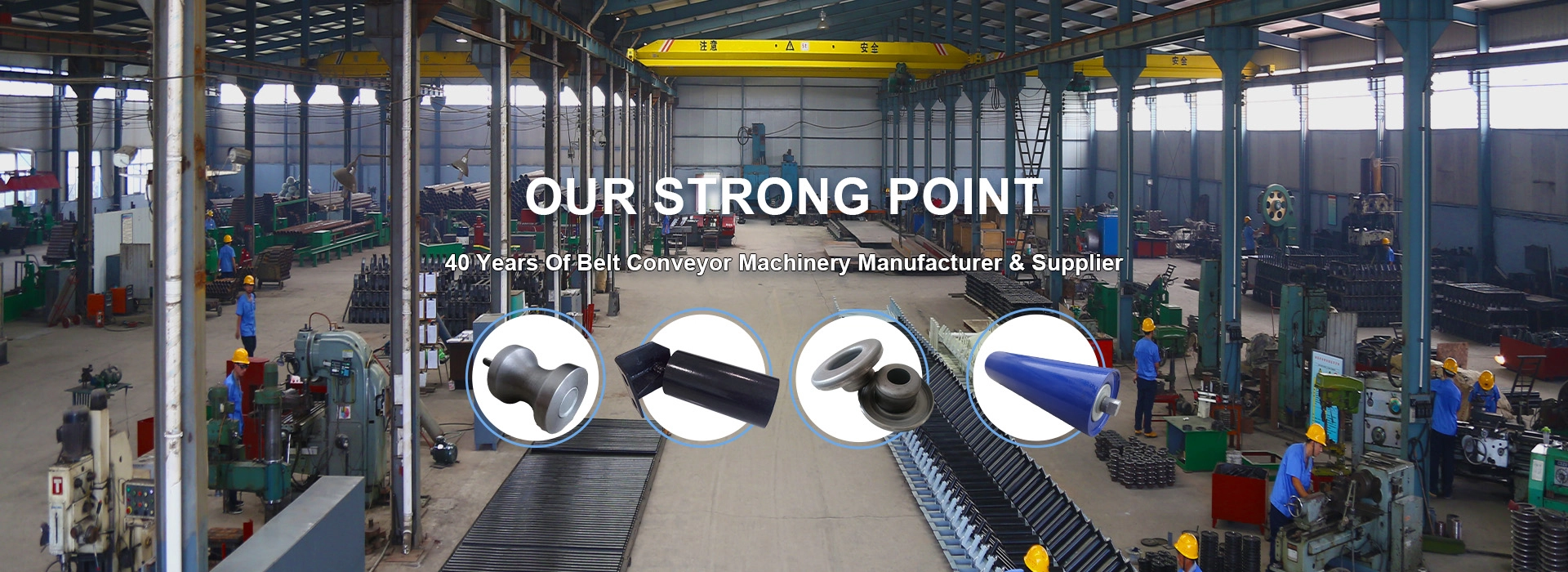 Afrikaans
Afrikaans  Albanian
Albanian  Amharic
Amharic  Arabic
Arabic  Armenian
Armenian  Azerbaijani
Azerbaijani  Basque
Basque  Belarusian
Belarusian  Bengali
Bengali  Bosnian
Bosnian  Bulgarian
Bulgarian  Catalan
Catalan  Cebuano
Cebuano  Corsican
Corsican  Croatian
Croatian  Czech
Czech  Danish
Danish  Dutch
Dutch  English
English  Esperanto
Esperanto  Estonian
Estonian  Finnish
Finnish  French
French  Frisian
Frisian  Galician
Galician  Georgian
Georgian  German
German  Greek
Greek  Gujarati
Gujarati  Haitian Creole
Haitian Creole  hausa
hausa  hawaiian
hawaiian  Hebrew
Hebrew  Hindi
Hindi  Miao
Miao  Hungarian
Hungarian  Icelandic
Icelandic  igbo
igbo  Indonesian
Indonesian  irish
irish  Italian
Italian  Japanese
Japanese  Javanese
Javanese  Kannada
Kannada  kazakh
kazakh  Khmer
Khmer  Rwandese
Rwandese  Korean
Korean  Kurdish
Kurdish  Kyrgyz
Kyrgyz  Lao
Lao  Latin
Latin  Latvian
Latvian  Lithuanian
Lithuanian  Luxembourgish
Luxembourgish  Macedonian
Macedonian  Malgashi
Malgashi  Malay
Malay  Malayalam
Malayalam  Maltese
Maltese  Maori
Maori  Marathi
Marathi  Mongolian
Mongolian  Myanmar
Myanmar  Nepali
Nepali  Norwegian
Norwegian  Norwegian
Norwegian  Occitan
Occitan  Pashto
Pashto  Persian
Persian  Polish
Polish  Portuguese
Portuguese  Punjabi
Punjabi  Romanian
Romanian  Russian
Russian  Samoan
Samoan  Scottish Gaelic
Scottish Gaelic  Serbian
Serbian  Sesotho
Sesotho  Shona
Shona  Sindhi
Sindhi  Sinhala
Sinhala  Slovak
Slovak  Slovenian
Slovenian  Somali
Somali  Spanish
Spanish  Sundanese
Sundanese  Swahili
Swahili  Swedish
Swedish  Tagalog
Tagalog  Tajik
Tajik  Tamil
Tamil  Tatar
Tatar  Telugu
Telugu  Thai
Thai  Turkish
Turkish  Turkmen
Turkmen  Ukrainian
Ukrainian  Urdu
Urdu  Uighur
Uighur  Uzbek
Uzbek  Vietnamese
Vietnamese  Welsh
Welsh  Bantu
Bantu  Yiddish
Yiddish  Yoruba
Yoruba  Zulu
Zulu Conveyor Roller Components and Their Essential Functions for Efficient Operations
Understanding Conveyor Roller Parts An Essential Component of Material Handling Systems
In the world of industrial manufacturing and logistics, conveyor systems play a pivotal role in the movement of materials from one point to another. At the heart of these systems are conveyor rollers, which are crucial components that facilitate smooth and efficient transport. This article will delve into the various parts of conveyor rollers, their functionality, and their significance in different applications.
What are Conveyor Rollers?
Conveyor rollers are cylindrical components that aid in the movement of materials along a conveyor belt. They can be categorized into several types, including drive rollers, return rollers, and idler rollers, each serving its unique purpose in the conveyor system. Rollers are typically made from materials such as steel, plastic, or rubber, chosen based on the application and the load they are intended to carry.
Key Parts of Conveyor Rollers
1. Roller Tube The roller tube is the main body of the roller and is responsible for the primary function of supporting and bearing the load. It is designed to provide strength while maintaining a lightweight profile. Heavy-duty applications often require thicker tubes made from durable materials to withstand wear and tear.
2. Shaft The shaft is the central component that allows the roller to rotate. It provides a rotational interface for the roller, enabling it to move freely. Shafts are typically made of steel or aluminum, depending on the load requirements and the environment in which they will be used.
3. Bearings Bearings are essential elements that allow for smooth rotation of the roller around its shaft. Conveyor rollers can utilize various types of bearings, such as ball bearings or sleeve bearings, each offering different benefits in terms of load capacity and maintenance needs. Proper bearing selection is crucial for reducing friction and heat generation, contributing to the longevity of the rollers.
4. End Caps End caps seal the ends of a roller and protect its internal components from dirt, debris, and moisture. This part is essential for maintaining the integrity of the bearings and ensuring the smooth operation of the roller. End caps can be designed for easy removal for maintenance purposes or can be fixed depending on the specific application.
conveyor roller parts

5. Resistance Seals For applications in environments with high dust or water exposure, resistance seals are employed to provide an added layer of protection. These seals help in preventing contaminants from entering the roller and affecting the performance of the bearings.
6. Drive Systems In powered conveyor systems, drive systems are attached to rollers to facilitate power transfer. This system includes motors and gears that help in driving the rollers that move the conveyor belt. The alignment and proper selection of the drive system are crucial for maintaining operational efficiency.
Applications of Conveyor Rollers
Conveyor rollers find applications across a wide array of industries, including manufacturing, warehousing, distribution, and logistics. In manufacturing environments, they are utilized for transporting raw materials and finished products along assembly lines. In warehousing, conveyor rollers assist in the rapid movement of goods, significantly enhancing efficiency during the picking and packing process.
In distribution centers, conveyor rollers play a critical role in the sorting and shipping process. They help sort products based on size, weight, and destination, ensuring timely deliveries. Additionally, conveyor rollers are increasingly being utilized in e-commerce fulfillment centers, where the speed and accuracy of product handling directly impact customer satisfaction.
Importance of Maintenance
To ensure optimal performance of conveyor rollers, regular maintenance is essential. This includes cleaning and inspecting the rollers for signs of wear and tear, lubricating bearings, and replacing parts as necessary. A proactive maintenance approach not only extends the lifespan of the conveyor system but also reduces downtime, thus enhancing overall operational efficiency.
Conclusion
Conveyor roller parts are essential in the successful operation of conveyor systems, playing a vital role in the movement of materials across various industries. Understanding the components that make up conveyor rollers and their functionality is crucial for those involved in material handling and logistics. By ensuring proper maintenance and choosing the right components, organizations can enhance their conveyor systems' reliability and efficiency, ultimately leading to improved productivity and cost savings.
-
Revolutionizing Conveyor Reliability with Advanced Rubber Lagging PulleysNewsJul.22,2025
-
Powering Precision and Durability with Expert Manufacturers of Conveyor ComponentsNewsJul.22,2025
-
Optimizing Conveyor Systems with Advanced Conveyor AccessoriesNewsJul.22,2025
-
Maximize Conveyor Efficiency with Quality Conveyor Idler PulleysNewsJul.22,2025
-
Future-Proof Your Conveyor System with High-Performance Polyurethane RollerNewsJul.22,2025
-
Driving Efficiency Forward with Quality Idlers and RollersNewsJul.22,2025





























